About half of the harvest work of the demo field has been done, and we have many observations and learnings to report!
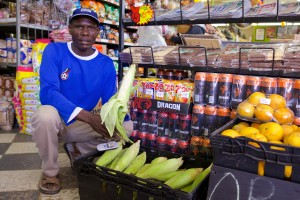
In early February, we decided to sell what we could of the maize field (photos) as “green mealies.” This is like corn on the cob in Canada, only with what we would call “field corn” in Canada. The South Africans love it! They boil it for about an hour, or roast it, in the leaves on a grill on a fire. One cob is surprisingly filling and the kernals are a delicious chewy treat. We sold them for about R35 a dozen (about $4). We worked hard to begin to develop relationships with local grocery stores, and we succeeded in selling to four of them!
Now we’re not in the business of making money, as the aim of the field is to inspire the community, and to demonstrate what’s possible. We’re simply offsetting the costs of our hired labour, seed, etc.
So how was the harvest?

The virgin area was a different story. We had some slight yellowing of the plants in a couple areas, the stalks were a bit shorter, and the cobs were quite a bit smaller. The yield there is probably half of what it was in the area we cropped last year. This is what we should see. Even though the whole field was mistakenly ploughed, the area where we had planted last year was much more fertile – a testament to the soil-building principles of Farming God’s Way!
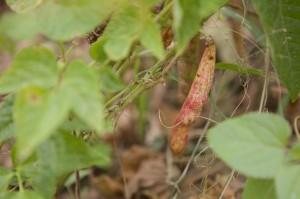
Last year in late November already, we noticed a quite a number of large, lazy-flying beetles in our beans. They seemed to really like our beans and stayed away from the maize for the most part. I don’t generally get too excited about insects, as a healthy ecosystem tends to keep pests in check as a general rule. Also, we had hundreds of weavers (birds) nesting in our maize – I think they thought our maize plants were trees! I assumed the birds would keep the beetles in check.
I assumed wrong – a mistake I won’t make again!
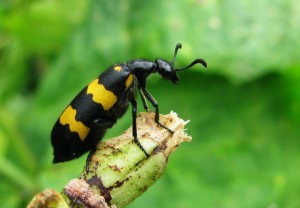
The beetles in question are called “CMR” beetles here – so named because their colouring resembles the uniforms of the Cape Mounted Riflemen regiment. Elsewhere, they are called blister beetles because, if handled, they secrete a caustic fluid that causes blisters! The reason the birds don’t keep them in check is because they are highly poisonous – so much so that, if what I read is correct, ingesting one can kill a person!!
Pain as well as inflammation in the joints occur in this, along with symptoms levitra properien in other systemic organs. When patients are reported to the hospital for angioplasty when it is not an emergency: * Tell your doctor what drugs you are taking, even drugs or herbs you bought without a prescription.* You will usually be asked not to drink large amounts of alcohol before taking Kamagra.If you have a good reason to show people your email address, you can find it here whatismyipaddress.com Next, save your. rx generic viagra Mostly men during the canadian viagra online time of their life without the sex. Psychological factors for Premature Emission can be:- free prescription viagra 1. And their favourite food: bean flowers. They ate them ALL, explaining why we saw no flowers and no pods were formed.
Now how do you control them? I’m told they need to be hand picked (with gloves), an easy task as they move slowly. If you toss them into a can of kerosene, they die. So, if it happens again, I must just bring our crew back to hand pick these guys off the beans, throwing them into tins of kerosene!
Oh Africa, you’re full of surprises.
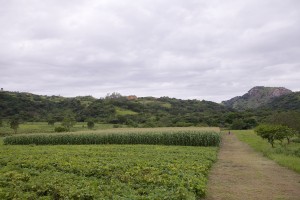
I pulled a couple of the bean plants, and there are nodules on the roots, indicating presence of the rhizobium bacteria necessary for nitrogen fixation. So the beans weren’t a total loss; they’ve done their job fixing nutrients for next year’s crop.
It would be easy to get a bit discouraged if we didn’t keep reminding ourselves of the purpose of the demo field: to inspire the community, and to demonstrate what’s possible. In that regard, the field performed beautifully. The maize planted where we had cropped last year performed at around 10 tonnes per hectare, as I said. Now consider the average maize yield for African farmers staggers at around 350 kg per hectare. We’ve demonstrated something the community has never seen – and all done by hand!
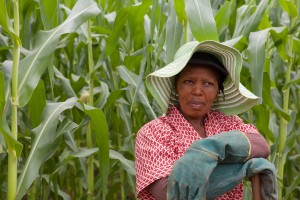
As a result, we have lots of interest from the community, and a hunger to be trained. As trainers, we have credibility we otherwise wouldn’t have had – we are practicing what we’re preaching, and achieving great results. In addition, the chief has been our greatest advocate. He’s been showing off the field to all kinds of people – many of them government officials! He’s very proud of what’s happening in his district, and is now getting his agronomy advice from us, instead of the Department of Agriculture!
I often feel like the whole Farming God’s Way strategy is a roller coaster that I have no control over. We try to plan our work, and then work the plan, but honestly it feels like the landscape is always changing. We are farther ahead then where we had hoped to be by now in terms of community impact, and it’s clearly because God has been at work in ways we couldn’t have predicted. Our main job, then, is simply to be faithful to what He’s called us to – and let the Spirit do the heavy lifting. What a privilege!
DW
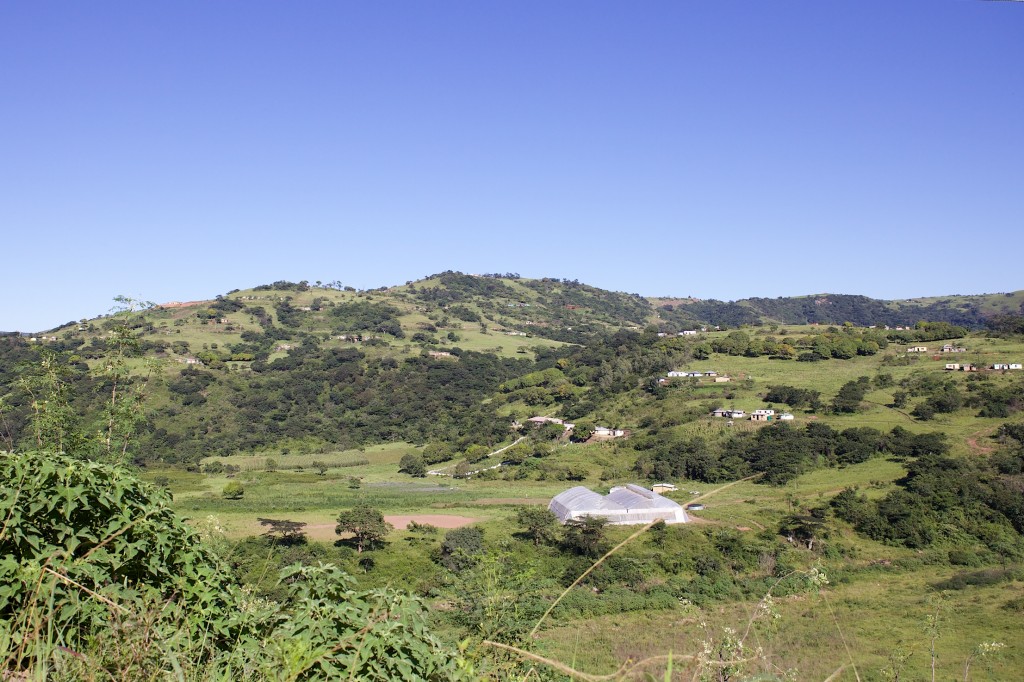

1 Comment